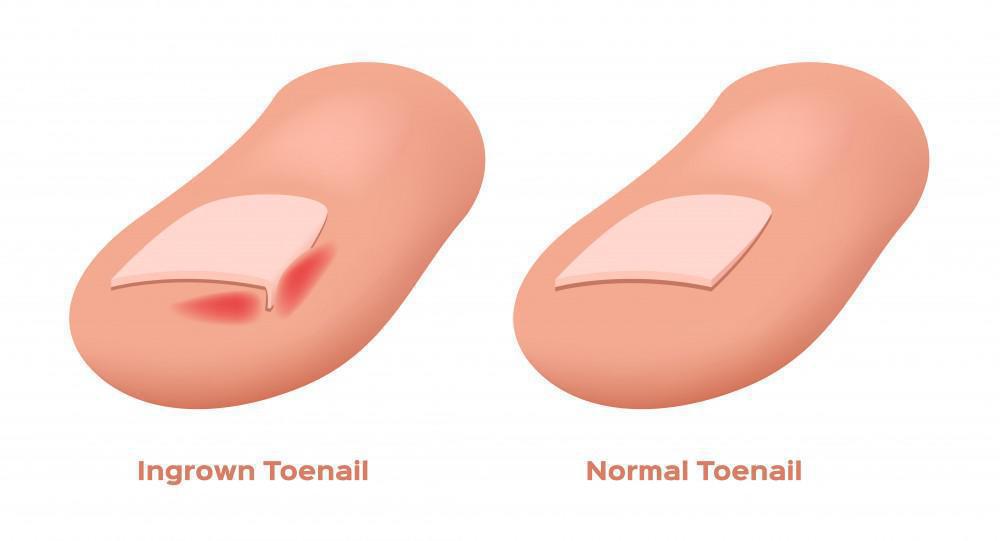Because ingrown toenails are common, many people don’t think they’re a big deal. However, ingrown toenails can be quite painful, and they can even lead to infection, which can cause a variety of health problems.
Ingrown toenails should never be ignored. You should always make an appointment for a professional evaluation. In this blog, the providers at Great Lakes Foot and Ankle Institute explain why ingrown toenails occur and why they should be treated.
Why ingrown toenails occur
Ingrown toenails most commonly affect the big toes. An ingrown toenail occurs when the edge of a nail begins to poke through the skin and grows into the delicate tissue near it. Children and teens are most at risk for getting ingrown toenails, although they can happen at any age.
The most common cause of getting an ingrown toenail is cutting toenails improperly. Nails should be trimmed straight across, rather than rounded at the edges. Other causes include the following:
- Wearing tight-fitting shoes, especially high heels or other shoes that pinch the toes
- Injuring a toe, such as by dropping a heavy object on it or playing soccer
- Having a family history of ingrown toenails
- Having a fungal infection, which can widen or thicken a nail
Symptoms of an ingrown toenail
Ingrown toenails present some telltale symptoms. The most common one is pain. Other symptoms include the following:
- Redness
- Swelling
- Warm to the touch
- Discomfort while walking
- Pus, especially as the ingrown toenail gets worse
Why you shouldn’t ignore an ingrown toenail
When left untreated, an ingrown toenail can lead to infection. This can lead to worsening pain and even fever. In some cases, an untreated ingrown toenail can spread the infection to the bone beneath the nail. And, if the infection continues to be left untreated, it can even enter the bloodstream and cause a serious condition, such as sepsis or gangrene.
If you have diabetes, you’re at greater risk for developing complications from ingrown toenails. Because of this, people with diabetes need to pay special attention to the care and condition of their feet.
Until you’re able to see a medical provider, soak your foot in an Epsom salt bath. This may provide some relief. And wear cotton socks and loose slippers or shoes to put as little pressure as possible on the affected toe.
How we treat ingrown toenails
We see patients with ingrown toenails on a regular basis, and treatment is usually simple and quick.
First, we numb your toe. Then we lift out the ingrown part of the nail. We may also trim away the offending part of the nail. If the same nail repeatedly grows into your toe, we may remove the entire nail and let a new one grow in correctly.
If you have an ingrown toenail, we can treat your condition and give you relief quickly. To learn more, book an appointment over the phone with Great Lakes Foot and Ankle Institute today.

